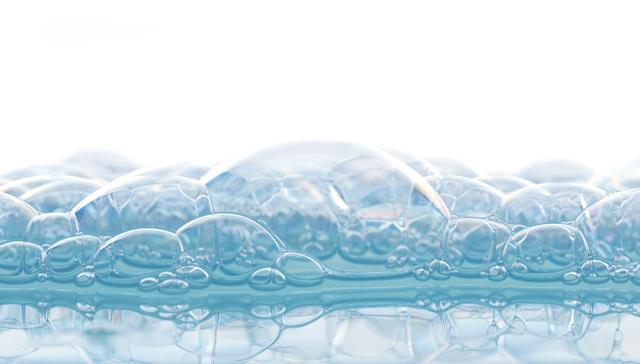Overview
Water molecules consist of one hydrogen atom and two oxygen atoms. Hydrogen has a positive charge, while oxygen has a negative charge. Since opposite charges attract, the hydrogen atom of one water molecule will attract the oxygen atoms of another water molecule, while the two oxygen atoms of the molecule will attract the hydrogen atom of yet another water molecule. With all the water molecules behaving this way, the "network" of connected water molecules create a barrier to non-water molecules. Soap has the ability to break these connections, allowing water to become permeable to the molecular structure of other objects, such as oil. In this science fair project, the soap allowed the oil and water to mix. This is why soap is used on oil spills and why we use soap when we wash ourselves, dishes, or clothes.
Related video
Hey there! Here are some awesome videos about this science project that we think you'll really like. They're not only super fun, but they'll also help you learn more about the science behind the project. So sit back, relax, and get ready to have some fun!!

